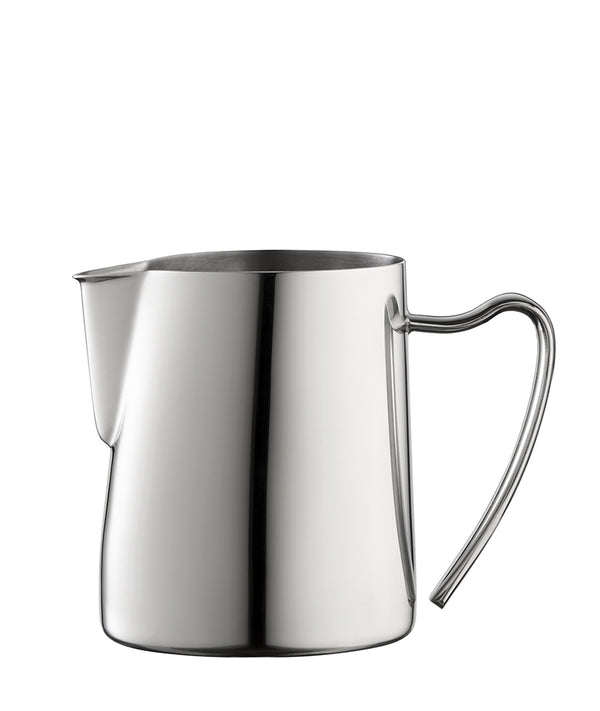What is the EA sugarcane method?
The EA sugarcane method uses water and ethyl acetate (EA) – a natural compound extracted from sugarcane – to gently remove the caffeine from coffee beans. This method avoids excessive heat or pressure and, while 99.95% of the caffeine is removed, the natural structure and characteristics of the bean remain intact, as does the coffee’s inherent flavour and quality.
More about this decaffeination process
Here are the steps a coffee undergoes during the EA sugarcane processing method:
1. The beans are delivered to the decaffeination plant. (We’re using the Descafecol plant in Manizales, Colombia – the country’s only decaffeination plant.) The beans are supplied in a similar state to that of export coffee – they’ve been dried, milled, sorted and bagged.
2. The beans are steamed, in order to remove any traces of silverskin that might remain after milling.
3. The coffee is soaked in hot spring water to open up its cells, which will enable the caffeine to be extracted.
4. The beans are soaked in ethyl acetate, which draws the caffeine out of the coffee.
5. The coffee is steamed again to remove any traces of the EA.
6. The coffee is dried, and then polished with a natural vegetable oil to protect it from moisture.
7. The coffee is vac-packed and shipped to us!
What is ethyl acetate?
Ethyl acetate is a natural compound found in sugarcane, as well as many vegetables and fruits (including coffee). EA is used in the decaffeination process because caffeine bonds to it very well.












